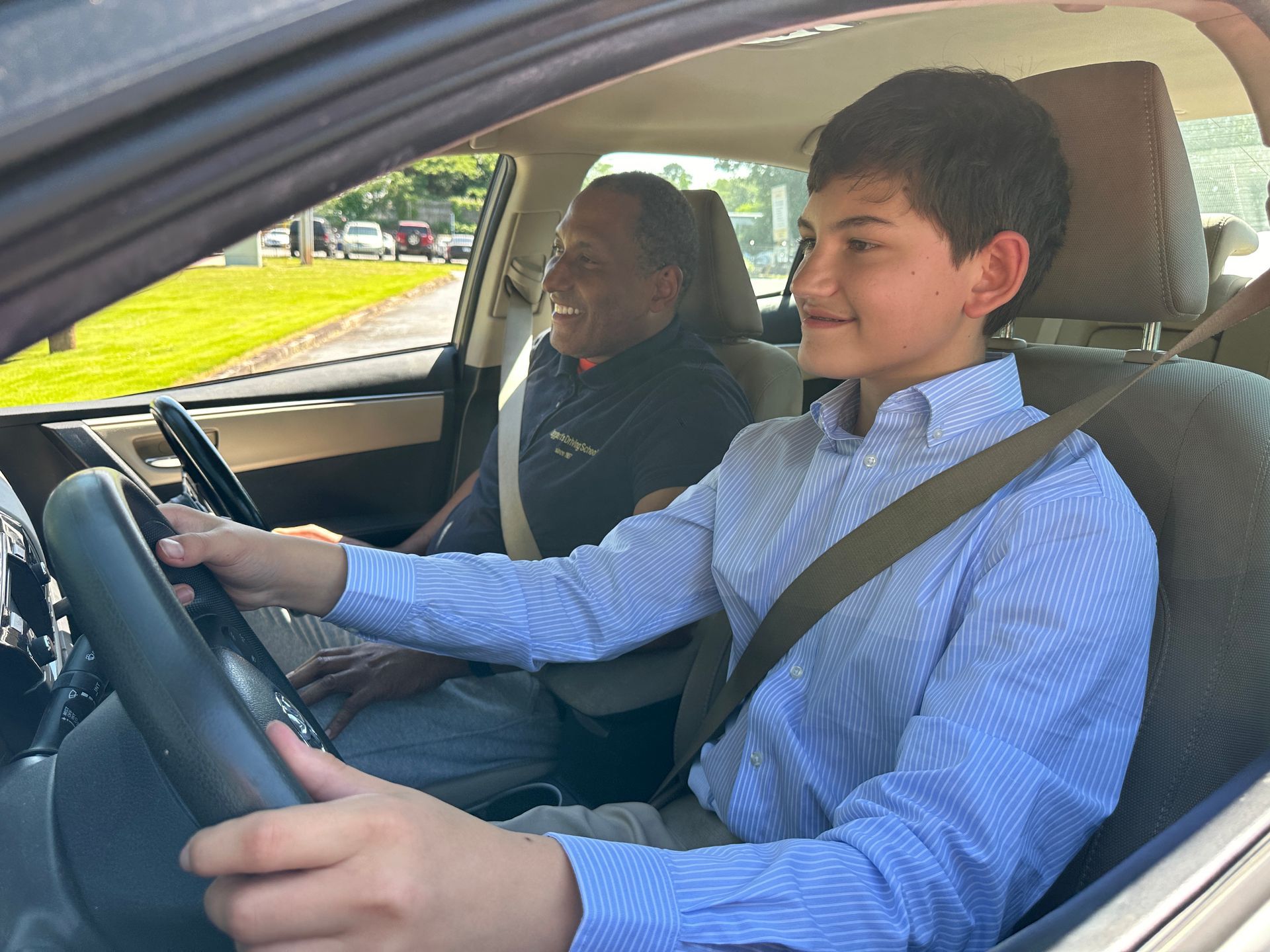Did you know that nearly 40,000 Americans die in car accidents yearly and millions more are injured? You can do your part of being as safe a driver as possible behind the wheel.
Whether you are a beginner driver or you've had your license for years, there is always an opportunity to be more attentive and responsible when you are on the road. Follow these four tips for being a safer driver behind the wheel.
TAKE A DEFENSIVE DRIVING COURSE
The most common cause of car accidents in the US is distracted driving. Cell phone use is typically the cause of distracted driving, although other tasks, including putting on makeup, eating or even attending to children can all contribute to inattentive driving and a potentially deadly crash.
Taking a defensive driving course at an accredited driving school can teach you not only how to react quickly when another car comes in your lane, but also gives you additional training to stay alert when you drive. As a bonus, you may even get a discount on your auto insurance by taking the added incentive to be a safe driver via completing the course.
Some defensive driving courses can be taken online, although it's best to take these classes in person. Talk to your local driving instruction company about the types of classes you can take and when they are available.
KNOW WHERE TO PUT YOUR HANDS ON THE WHEEL
You may have been handling your steering wheel incorrectly for as long as you have been driving. Experts claim that you have more control over your car's direction if you hold your hands at the "9 and 3" or "8 and 4" positions (think of your steering wheel as a clock to figure this out). Keep your hands firm yet loose: white knuckle driving can cause you to make rigid and jerky motions of your steering wheel and cause you to veer into the wrong lane.
TAKE YOUR EYES OFF OBSTACLES
It's your natural instinct to watch out for obstacles that you wish to avoid, such as guardrails, construction cones and even semi trucks passing you, but being too focused on any one thing on the road is actually dangerous. Instead, keep your eyes above your steering wheel and over your dash, moving your eyes to the side of passing vehicles and the edge of the road periodically.
As you begin to examine the entire road around you, you become more aware of the true obstacles that are coming your way and will be ready to take action against them. If you need to, count to a certain number to remind you to redirect your gaze for a few seconds so you can keep from staring at a single road hazard.
PULL OVER WHEN YOU'RE TIRED
If you are feeling drowsy, turning up your radio or adjusting the temperature in your car to keep you alert are sure signs that you should pull over at the first off-ramp or safe exit you can find. Take a quick nap so you can get the rest you need for safe driving.
One out of every six fatal car accidents are caused by drowsy drivers and driving when sleepy can make you impaired similar to a drunk driver. Don't risk it: pull over if you are sleepy or avoid getting behind the wheel in the first place if you are lacking sleep.
Being a responsible and aware driver can make you safer on the road. For more driving tips and to sign up for a defensive driving course, call us at Taggart's Driving School. We can help you be a more confident driver.










